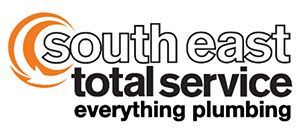services
Plumbing Pipe Installation
When designing a piping system, adhering to standard codes is essential. South East Total Service is licensed, bonded, and insured. Our mission is to ensure clients feel confident partnering with us. We offer high-quality plumbing solutions for new homes, remodels, and maintenance in Chattanooga and surrounding areas.
Major Categories of Plumbing Systems
- Potable cold and hot tap water supply
- Plumbing drainage venting
- Sewage systems and septic systems with or without hot water heat recycling and gray water recovery and treatment systems
- Rainwater, surface, and subsurface water drainage
- Fuel gas piping
- Hydronics, i.e. heating and cooling systems utilizing water to transport thermal energy, as in district heating systems, like for example the New York City steam system.

